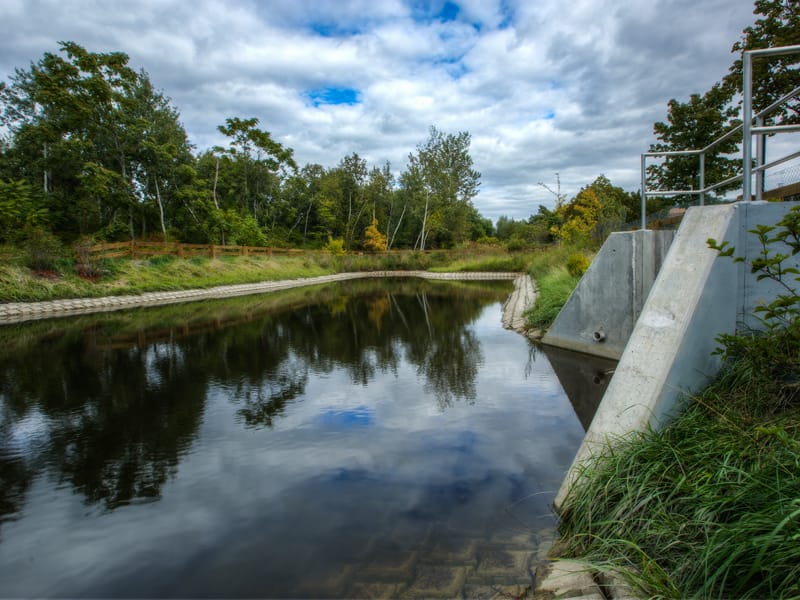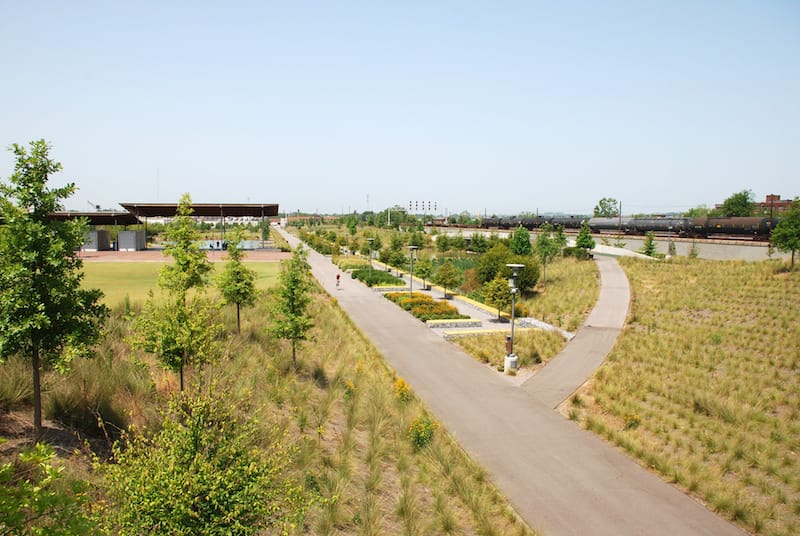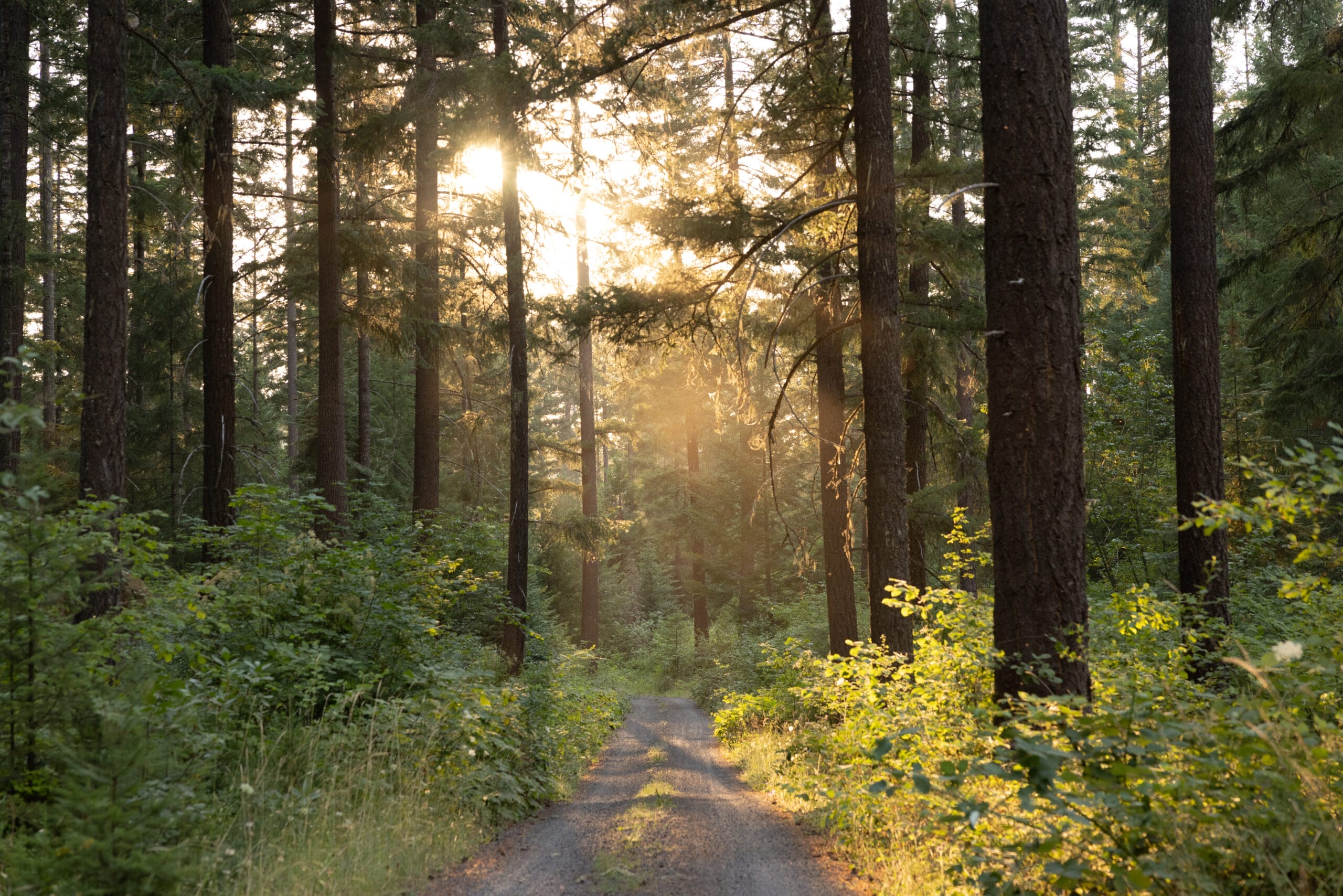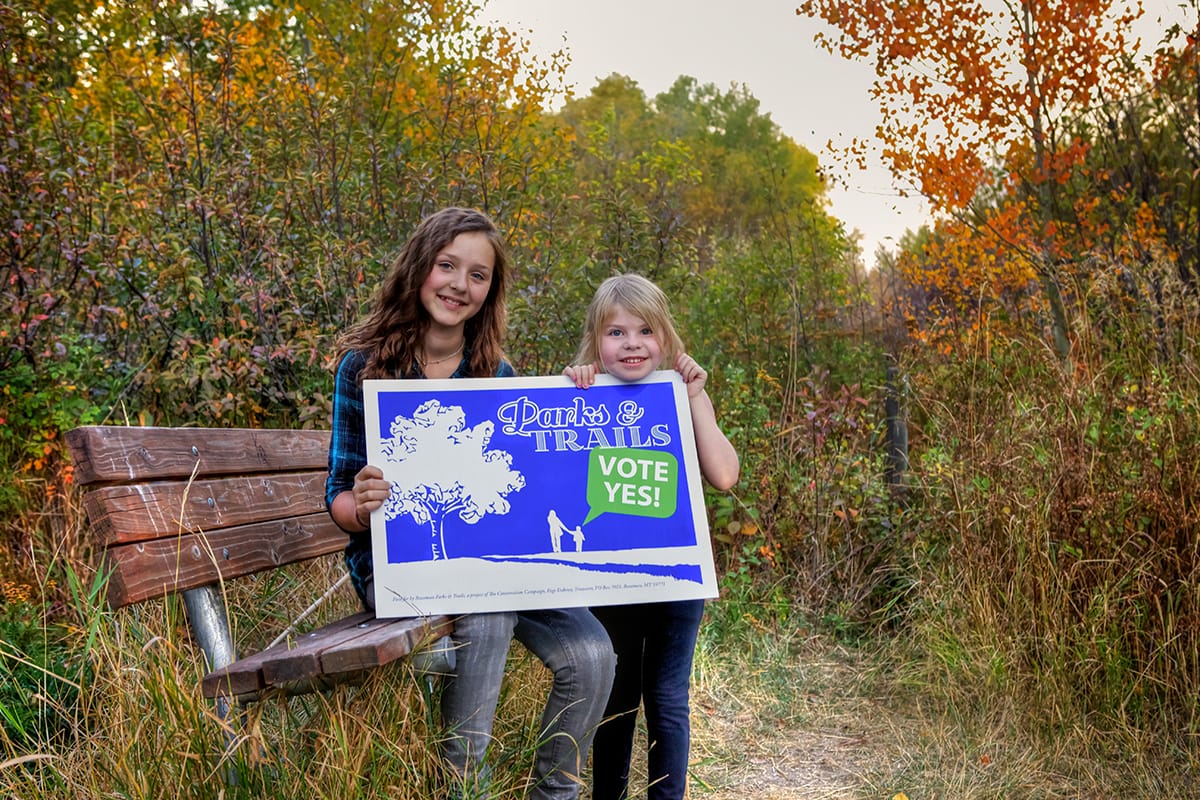
The nation’s best water parks are not what you think
The nation’s best water parks are not what you think
Super-slides and wave pools? Try bioswales and rain gardens. Across the country, city parks are doing double-duty to help control stormwater—and infrastructure’s rarely looked so good.
When rain falls on an urban area, it meets cold, hard concrete. Instead of soaking into the earth to recharge groundwater—the subsurface supply that supports our trees and crops—it runs rapidly across paved surfaces into sewer systems and waterways, picking up pollutants along the way. The result: overwhelmed sewage treatment facilities, contaminated and eroded streams, and even flash flooding.
Especially in cities expecting more severe weather as the climate changes, these are good reasons to get stormwater under control. Savvy planners are putting parks to work as green infrastructure that helps manage the runoff: it’s often more cost-effective than more traditional options like pipework or culverts. Depending on the resources available, parks can be designed to filter and absorb excess water, store it, or just slow it down. And unlike traditional “gray infrastructure,” parks offer a host of other benefits to the community. (Ever go for a picnic or a morning jog at a wastewater plant? Yeah, us neither.)
Done right, this new breed of “water park” can be just as fun as those chlorine-filled wave pools. Here are four of our favorites from around the country:
Historic Fourth Ward Park—Atlanta, Georgia
In the early 2000s, the City of Atlanta was under pressure from businesses and regulators to solve the longstanding flooding problem in the Fourth Ward neighborhood. Planners were ready to dig a $40 million underground drainage system when a local architect proposed an alternative: a showpiece park that would channel stormwater into a manmade lake—and provide a focal point for a neighborhood in need of a boost. With help from The Trust for Public Land, the city re-charted a course for green infrastructure. Today, Historic Fourth Ward Park is a highlight of the Atlanta Beltline trail system.
Alewife Stormwater Wetland—Cambridge, Massachusetts

The low-lying area surrounding Cambridge was once a vast wetland. But after decades of development, only the 130-acre Alewife wetland remained—and it was in rough shape, choked with invasive species and polluted soil. Meanwhile, surrounding communities struggled with regular sewage overflows, the worst of which threatened the drinking water supply. To change that, state agencies collaborated to restore the little wetland to hold and filter runoff before it overwhelms the wastewater system. “Best of all are all the people coming to use the park,” says William Pisano, an engineer on the project. “They showed up from the first day, and they tell us how much they love it. Going out there on the trail now is like walking through a Monet painting.”
Railroad Park—Birmingham, Alabama

If you find yourself in Birmingham, Railroad Park is a must-see. The green infrastructure here is as beautiful as it is functional: a meandering stream connects lakes that reflect the city skyline; a waterside boardwalk is flanked by an 80-foot-long rain curtain dramatically backlit at night. Trainspotters can survey the adjacent railyard from an elevated pathway, built atop mounds of soil excavated during park construction. With so much to offer, it's no surprise this Birmingham icon attracts more than 500,000 visitors a year—from all over. “The park has become a great equalizer, bringing suburban and urban Birmingham together,” says Railroad Park Foundation Director Camille Spratling.
Cromwell Park—Shoreline, Washington

In many ways, the redesigned Cromwell Park looks like any: it’s got a playground, baseball diamond, basketball court—all the standard amenities you’d expect to see in the Seattle suburbs. But Cromwell also includes a more unusual feature: a wetland. At just over an acre it can hold 435,000 gallons of water, enough to eliminate the neighborhood’s flooding problems. “In the design process, neighbors were skeptical,” remembers park planner Kirk Peterson. They were worried about mosquitoes and bad smells. But now people love the space. There’s often interesting wildlife, and people are fascinated to see the basins fill up with water after a rainstorm.”
Want to learn more? The Trust for Public Land’s latest report, “City Parks, Clean Water” has the full story on all these examples, plus the nuts and bolts (and grass and leaves) of green infrastructure—from the pros and cons of permeable pavement to which city park system has the highest water bill. Download it free here.
Rising temperatures, bigger storms, and asphalt schoolyards pose significant risks during recess. Urge Congress to prioritize schoolyards that cool neighborhoods, manage stormwater, and provide opportunities for kids to connect with nature today!


Donate to become a member, and you’ll receive a subscription to Land&People magazine, our biannual publication featuring exclusive, inspiring stories about our work connecting everyone to the outdoors.
See how our supporters are helping us connect people to the outdoors across the country.











